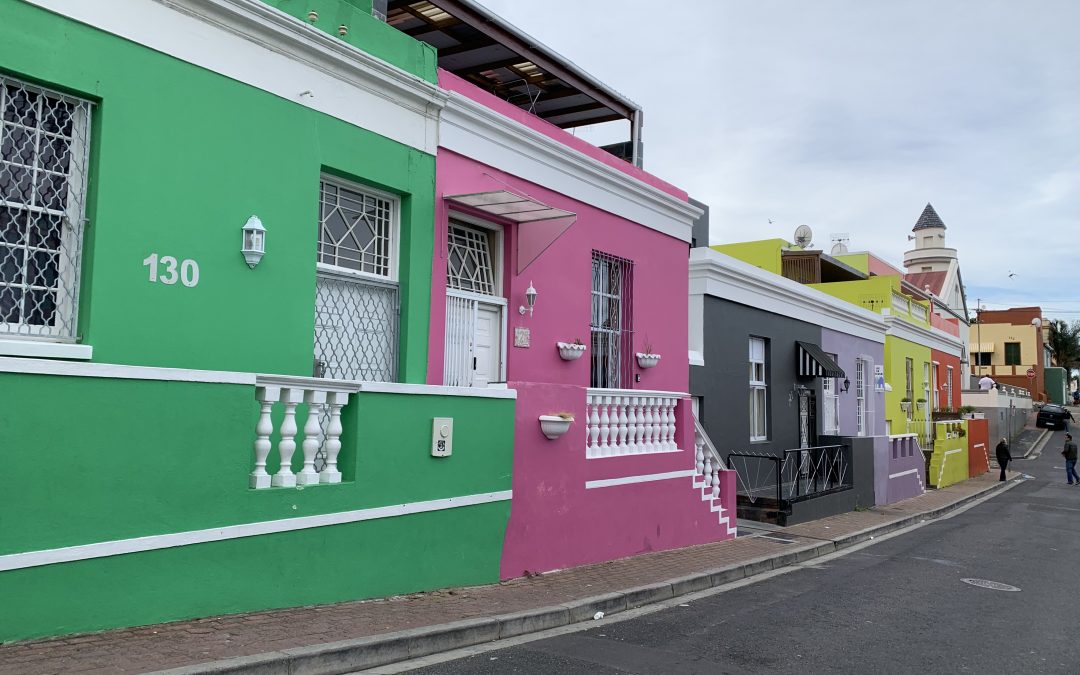It is a little bit overcast this morning in Cape Town and the table cloth has rolled over the top of Table Mountain reducing visibility completely. As this is not an uncommon occurrence, there is always a backup plan so you will go on a culinary walking tour within the city.
Kicking off from the Company Gardens with a coffee and a pastéis de natas you will spend the next four hours discovering the history of the city while tasting its culinary delights. The first Europeans in the Cape were Portuguese so what better way to start the day then with this sweet little tart while learning about this beautiful town.
The Company Gardens date back to 1652 when the first seeds were planted and over the following years this garden supplied fresh vegetables to vessels stopping off on their way to India and Dutch East Indies. The gardens now offer an oasis within the city and there is much to explore within the grounds, including the South African Museum and the Cape Town Holocaust Centre.
The gardens are home to the ginkgo tree which has no living relative, towering rubber trees and an ancient saffron pear. Of course, with all these trees there will be birds and a wide variety can be found any day. The most famous inhabitants are the squirrels and these little creatures will scamper up to you looking for a snack.
Next stop at the end of the gardens is St George’s Cathedral, the “people’s church”. Throughout the apartheid era, this church has welcomed all and it was from here that Archbishop Desmond Tutu lead a 30,000-strong demonstration in 1989 and coined the phrase ‘rainbow people’.
Opposite this cathedral is the Slave Museum which documents the fascinating early history of slaves in the Cape. While most of us are aware of the millions of enslaved Africans shipped to the Americas from the 16th to the 19th century, few of us would be cognisant of the slave trade between South East Asia and Cape Town during the same period. Approximately 71,000 slaves were forcefully removed from their homes in India, Indonesia, Mauritius and Madagascar to be sold off in Cape Town. Part of the rich food culture in South Africa owes its existence to these very slaves.
Bo-Kaap (“above the Cape” in Afrikaans) sitting at the foot of Signal Hill dates back to the 1760s and was known as the Malay Quarter. The small houses built here were leased to freed slaves who then made this area their home. It is one of the most colourful areas of the Cape for a couple of reasons. The houses in this area are brightly painted with each one being a different hue and the individuals living there, are themselves very colourful. Some of the best local food to sample here are sosaties, koesisters and roti. You will not be disappointed.
As the day moves on, so do you with a walk through Greenmarket Square. Dating back to 1696 this area has been used as a slave market, vegetable market, a parking lot and today it is a flea market selling African souvenirs and craft. The oldest building in the square is the Old Town House which is one of the oldest buildings in South Africa.
Our food treat here is locally produced biltong. The early settlers during the long trek from Cape Town to north-east South Africa were sustained by this cured meat. While beef is now the main source for biltong, you could be lucky today and taste some springbok or kudu, washed down with a South African beer.
Our last stop of the day is at Heritage Square. This area has now been restored and is home to a hotel and numerous eateries. Like many houses of its day, the buildings were built around a courtyard and it is in this very courtyard that we will sit and discover another local delight, Bobotie. There is reference to this dish in a Dutch cookbook dated1609, meaning that it was brought to the colony by the European settlers. What is certain, is that the Cape Malay slaves introduced curry to Bobotie along with dried fruit. Wherever it came from, Bobotie is now a much-loved local dish.
As you sit in the courtyard you will notice a vine growing on the wall beside you. This vine was planted around 1771 and is the oldest known vine in the southern hemisphere still producing wine. In a good year, the vine will produce around 20 bottles of wine which are always auctioned for charity.
The Cape Town Gin Company is our final stop today before the short walk back to your accommodation. It is here that you will get to sample some locally distilled gin including, the classic, the pink lady and rooibos gin. Everyone has their favourites, I wonder what yours will be?
Welkom in Kaapstad – welcome to Cape Town in Afrikaans


Recent Comments